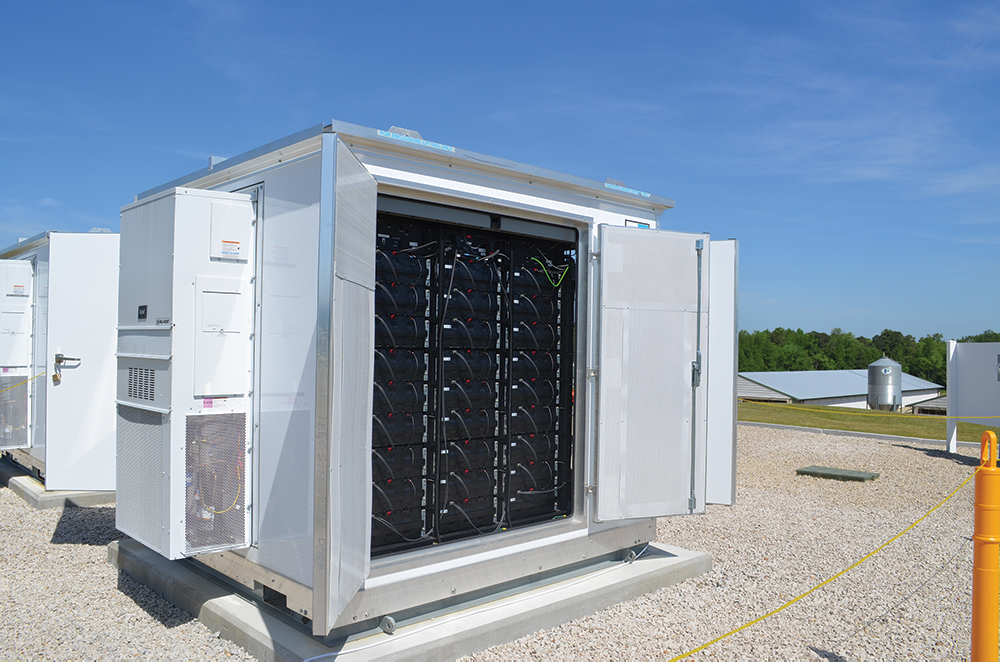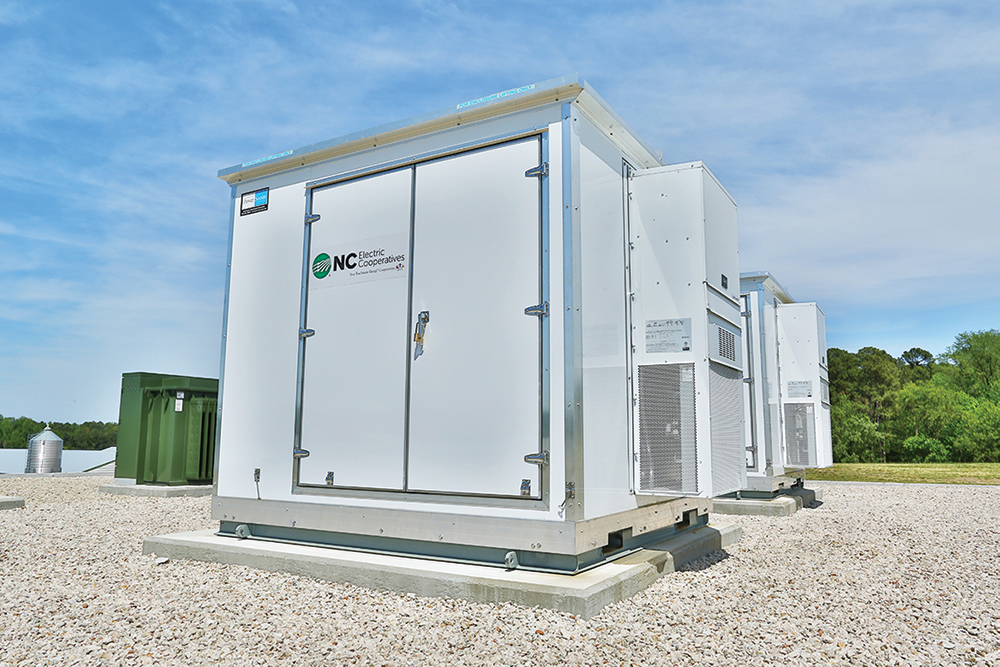By Paul Wesslund

Business is betting big on batteries around the world in a roundabout way that could streamline the electricity service in your home.
Over the past eight years, industry sources say battery production capacity has grown eight times, mostly to supply demand for the rapidly expanding market for electric vehicles. Companies believe that expansion will continue, so they’re planning to build new manufacturing plants in the United States, Europe and Asia that will increase capacity another five times in the next eight years.
As with other technologies, more production means improved performance and lower prices, says Jan Ahlen, the director of energy solutions for the National Rural Electric Cooperative Association (NRECA).
“Batteries are becoming better, faster and cheaper,” says Ahlen. “As more and more of these new manufacturing plants get built, there are economies of scale that are bringing down the prices and the electric vehicle market is the main driver for all this.”
What “all this” has to do with your electric cooperative is that a better and cheaper battery can be a huge new tool for an electric utility. The batteries being developed to make electric vehicles run better are being connected to make large “utility-scale” batteries.
Batteries are becoming better, faster and cheaper
Making wind and solar more useful
Utility-scale battery use has been growing along with the increase in battery manufacturing. The U.S. Department of Energy’s Energy Information Administration reports that utility battery capacity has quadrupled in the past five years. Over the next three years, the agency predicts the battery capacity of utilities will triple to the point where they could supply enough electricity for 2.5 million homes. Although that number is a small share of the electricity market, the effects of utility battery use can be huge.
Ahlen calls these batteries “the Swiss army knife” of the utility industry because they can be used for a number of different applications and a number of different reasons. Here are some of those uses:

Timing for the best price: The cost of the electricity to a utility can vary during the time of year and even the time of day as demand for that electricity changes depending on things like how much heating or air conditioning is going on. If a utility could buy electricity and store it in a battery when the price is lowest, then draw from the battery when market prices are highest, it could amount to cost savings that could be passed on to the consumer.
Helping renewable energy: One factor preventing more use of renewable energy is there’s no solar power at night or wind energy in calm weather. Batteries could change that, storing electricity during peak production, making renewable energy more useful.
Construction management: Batteries could defer the need to upgrade or replace existing utility infrastructure, such as substations, allowing a utility to save money on otherwise expensive infrastructure upgrades.
Batteries are also being used as a part of a new utility outage management idea called microgrids. Microgrids designate high-priority parts of the larger electric grid, like hospitals or gas stations, to help a community manage during a power outage. Those areas might have extra wiring or power sources, like small generators or large utility-scale batteries.
(Batteries) are opening up many new opportunities for utilities to help provide more affordable and reliable power for their consumers.

Consumers at the forefront
Government policies are also driving the use and development of utility-scale batteries. Several states are directing utilities to consider batteries as part of power restoration plans, or to meet renewable energy goals.
For decades, one of the fundamental truths of the electric power industry has been that “electricity can’t be stored.” A coal, nuclear or hydroelectric power plant generated electricity that had to be delivered immediately to homes and businesses through a precise network of wires, transformers and other equipment. Even a few strategically-placed batteries can change that longstanding structure. In addition to opening up options for utility operations, it gives consumers more choices. The high-end electric vehicle maker Tesla took one of its vehicle batteries and redesigned it to look appealing hanging on the wall of your living room. The company called it the Powerwall and promoted it as backup power in case of an outage, or to store some of the energy from your rooftop solar panels for evening use.
Batteries, says Ahlen, “are opening up many new opportunities for utilities to help provide more affordable and reliable power for their consumers. The other implication is it’s really part of a larger trend of putting the consumer at the forefront now more than ever and giving them more choices.”




